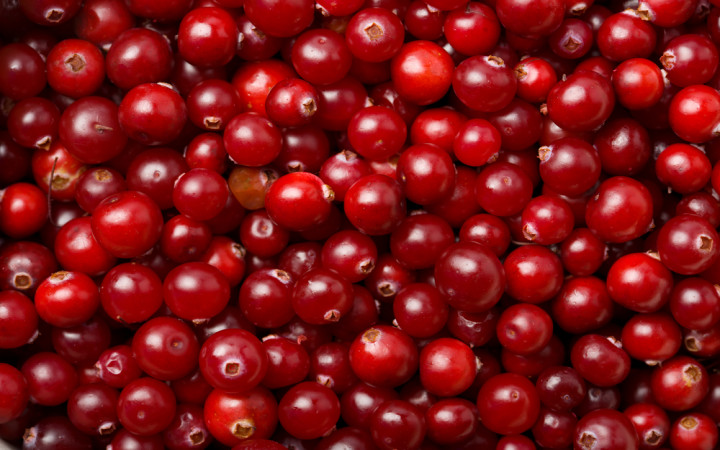Today’s Wonder of the Day was inspired by emily. emily Wonders, “why are cranberries so sour?” Thanks for WONDERing with us, emily!
Your Thanksgiving table may have a delicious turkey, mashed potatoes, and homemade stuffing, but it won't be complete until you set out at least one other item. Of course, we're talking about the cranberry sauce.
No one knows for sure how or why cranberries became so closely associated with Thanksgiving, but it probably had something to do with their popularity among Native Americans. Many people believe Native Americans may have introduced cranberries to the pilgrims at the first Thanksgiving meal.
We can't know for sure what was on the menu at the first Thanksgiving meal. However, we do know that Native Americans were quite familiar with the cranberry.
Native Americans used cranberries in various dishes, as well as to make dye for clothes, rugs, and blankets. Some experts believe cranberries were also used as a medicine to treat indigestion.
One popular dish Native Americans made with crushed cranberries was called "pemmican" (sometimes called "pemmicana"). They would combine crushed cranberries with dried meat (usually deer, but elk and bison were also used) and other ingredients, such as animal fat, sugar, and dried corn.
Pemmican was compact and would not spoil easily, so it was popular with Native American hunters who traveled frequently. It was also high in nutrition and provided plenty of energy for hunters on the go.
Native Americans had various names for cranberries. Eastern Indians called them sassamanesh. Other tribes called them atoqua or ibimi.
The name cranberry appears to have come about as a result of German settlers calling them kranbeere or “crane berries," because the flowers of the blooming cranberry bush look like the head and bill of a crane.
Today, cranberries are served most often at Thanksgiving, either in the form of a jellied sauce or as whole berries as part of a sugared sauce. Cranberries are also popular for their juice, which is very healthy because it's high in antioxidants.
Cranberries are only one of three edible fruits native to North America that are commercially grown on a large scale (the other two being blueberries and Concord grapes). They are a major crop in Wisconsin, Massachusetts, New Jersey, Oregon, and Washington.
Many people mistakenly believe that cranberries grow in water. Cranberries grow on bushes and long vines in sandy bogs and marshes.
However, cranberry farmers do use a process called “wet harvesting," which explains why some people think they grow in water. When cranberries were first farmed in the early 1800s, farmers would pick the berries by hand.
Eventually, farmers developed the wet harvesting method. When the cranberries are ripe (usually in the fall when they turn a deep red color), farmers flood the bogs where the cranberries grow.
The ripe cranberries then float to the surface, where harvesting machines (sometimes called “egg beaters") remove the ripe berries from the vines. The floating cranberries can then be gathered in one area to be removed for processing.




